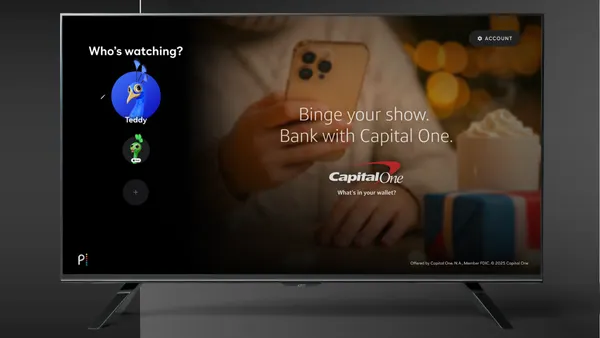Dive Brief:
- Google will transition inventory to a unified first price auction for its Ad Manager platform, which the company said will simplify programmatic ad buying and "create a fair and transparent market," according to a Google Ad Manager blog post.
- The change will mean every programmatic offer will compete in the same unified auction along with inventory that may be directly negotiated with advertisers. Buyers’ bids will not be shared with other buyers before the auction, and they won’t be able to set prices for other buyers. The winning buyer pays the price that they bid.
- Google said publishers and app developers will need to rethink how they bid on Ad Manager inventory, including their use of price floors and tech partners. The change affects display and video ad inventory sold on Ad Manager only, and Google plans to complete the transition by the end of the year.
Dive Insight:
Google said first price auctions will make it easier for publishers and app developers to manage and get fair value for their inventory, as well as improve transparency in programmatic buying, which has become complex as bids pass through multiple auctions with different rules, making it difficult for marketers to properly value programmatic inventory. The first price model replaces Google’s longtime second-price auctions, where the highest bidders pay 1 cent more than the second-highest bidder, creating "biddable inventory on an exchange," according to MediaPost. The move is in line with the broader programmatic space, which has been moving towards first price bidding for a few years.
This year, 65% of all digital media advertising spend will be programmatic, and advertisers will spend $84 billion programmatically compared to $70 billion in 2018, according to Zenith’s Programmatic Marketing Forecasts. Despite the growth, and the fact that marketers are attracted to the efficiency of programmatic, spend is slowing, as the space has matured and thanks to challenges related to the implementation of privacy rules, like Europe’s General Data Protection Regulation.
Transparency has been one of the biggest concerns with programmatic. Specifically, marketers have struggled to track where their programmatic ads appear online and if the placements are brand safe and offer measureable results. As a result, 65% of marketers purchasing digital ads programmatically have moved the functions in-house or were planning to, according to the Interactive Advertising Bureau. Transparency, cost efficiency and better control were the top reasons.
Google’s first price auction model could help alleviate some of the concerns with programmatic by simplifying the bidding process. The shift aligns with the company’s continued efforts to improve its ad offerings, as it strives to remain a dominant player in the digital ad space. For the first time this year, the combined digital ad share for the digital duopoly of Google and Facebook will drop, as Amazon is snapping up a larger share. Google’s piece will slip from 38.2% last year to 37.2% this year, as Amazon’s ad business is projected to grow more than 50% this year and is expected to reach a nearly 10% market share by next year, according to eMarketer.












